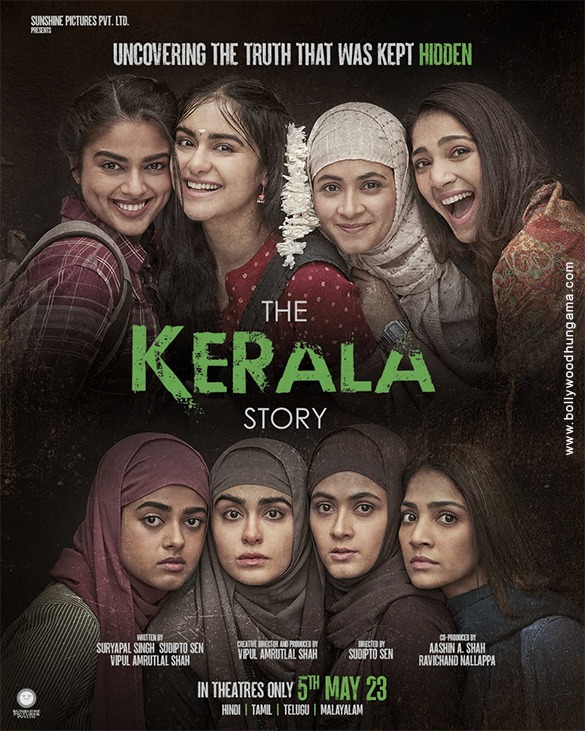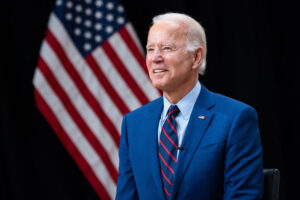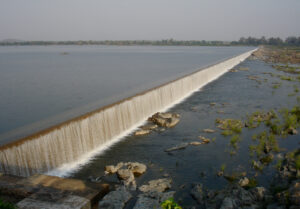The Kerala Story Movie Analysis – The Kerala Story is a Malayalam-language movie that explores the sociopolitical and economic dynamics of the state of Kerala, India. Directed by Rakhil Krishna, the movie has received critical acclaim for its nuanced portrayal of the state’s history, culture, and people. In this article, we will delve into the themes, characters, and cinematic techniques used in The Kerala Story, providing an in-depth analysis of the movie.
The Kerala Story Movie Analysis
The Kerala Story: A Sociopolitical Epic
Background of The Kerala Story
The Kerala Story takes place in the early 1990s and tells the story of Chandran, a young man from a rural village in Kerala, who moves to the city to pursue his dreams. Along the way, he becomes involved in political activism and becomes a part of the Communist Party, which was gaining ground in Kerala during that time.
The movie is set against the backdrop of Kerala’s rich history and culture, which is deeply influenced by its geography, climate, and trade relationships with other regions. Kerala is known for its lush greenery, spices, and backwaters, and has a unique blend of different religions, languages, and traditions.
Plot Summary
Introduction of characters
The movie begins by introducing the main characters: Chandran, his family and friends, and a host of political and business figures who play a role in the story. Chandran is portrayed as an ambitious young man who is determined to succeed in life, despite facing many obstacles.
The political landscape
As Chandran navigates his way through the city, he becomes aware of the growing political movement that is taking place in Kerala. The Communist Party is gaining popularity among the working-class people, who are fed up with the corruption and inequality that they see around them.
The socio-economic climate
The movie also explores the socio-economic climate of Kerala, which is characterized by poverty, unemployment, and social inequality. The government is seen as corrupt and ineffective, and many people are struggling to make ends meet.
The rise of communism
Chandran becomes involved in the Communist Party and begins to participate in rallies and protests. He is drawn to the party’s ideology of social justice and equality, and sees it as a way to bring about change in Kerala.
The impact of globalization
As the movie progresses, we see the impact of globalization on Kerala’s economy and society. Many people are losing their jobs as industries move overseas, and traditional ways of life are being disrupted by Western influence.
Themes
Political activism
One of the main themes of The Kerala Story is political activism. The movie shows how ordinary people can come together to demand change and make a difference in their society.
The struggle for social justice
Another theme of the movie is the struggle for social justice. The Communist Party is portrayed as a champion of the poor and working-class people, and its members are shown fighting for better wages, working conditions, and other basic rights.
Gender roles and feminism
The Kerala Story also explores the issue of gender roles and feminism. Women are shown as being active participants in the Communist Party, fighting for their rights and equality in society.
The role of religion in society
Religion is also a significant theme in the movie. Kerala is known for its diverse religious traditions, and the movie shows how religion can both unite and divide people.
Globalization and its effects
Finally, the movie examines the impact of globalization on Kerala’s economy and society. While some people benefit from the opportunities that globalization brings, others are left behind and struggle to survive.
Characters
The protagonist, Chandran
Chandran is the main character of the movie and is portrayed as a complex and multifaceted individual. He is ambitious, determined, and passionate about social justice and equality.
Chandran’s family and friends
Chandran’s family and friends also play an important role in the movie. They represent the struggles of everyday people in Kerala and help to contextualize Chandran’s journey.
Political figures
The movie also features a range of political figures, including Communist Party leaders and government officials. These characters provide insight into the political dynamics of Kerala during the early 1990s.
Businessmen
Finally, the movie depicts a number of businessmen who represent the forces of capitalism and globalization. These characters are often portrayed as greedy and selfish, and stand in contrast to the Communist Party’s focus on social justice and equality.
Cinematic Techniques
Use of lighting and color
The movie makes extensive use of lighting and color to create mood and atmosphere. Scenes that depict poverty and struggle are often shot in muted tones, while scenes of political rallies and protests are shot in vibrant, saturated colors.
Music and sound effects
The movie’s music and sound effects also play an important role in creating mood and atmosphere. The use of traditional music and sound effects helps to ground the movie in Kerala’s cultural traditions.
Camera angles and movement
The movie’s camera work is also noteworthy, with a range of angles and movements used to create a sense of dynamism and tension. Handheld shots are often used during protests and rallies to create a sense of chaos and urgency.
Editing and pacing
Finally, the movie’s editing and pacing help to build tension and create a sense of momentum. Quick cuts and fast-paced editing are used during action scenes, while slower pacing is used during moments of introspection and reflection.
Reception and Impact
The Kerala Story has received widespread critical acclaim for its nuanced portrayal of Kerala’s history, culture, and people. The movie has been praised for its excellent acting, cinematography, and direction, and has been described as a powerful indictment of social inequality and political corruption.
The movie has also had a significant impact on Kerala’s cultural and political landscape, inspiring a new generation of activists and artists to continue the fight for social justice and equality.
Conclusion
The Kerala Story is a powerful movie that explores the sociopolitical and economic dynamics of Kerala during the early 1990s. Through its nuanced portrayal of characters, themes, and cinematic techniques, the movie offers a compelling and thought-provoking analysis of Kerala’s history, culture, and people.
FAQs
- Is The Kerala Story based on a true story?
- No, The Kerala Story is a work of fiction, although it is inspired by real events and social issues in Kerala.
- What is the significance of the Communist Party in the movie?
- The Communist Party is portrayed as a champion of the poor and working-class people, fighting for social justice and equality in Kerala.
- What role does gender play in The Kerala Story?
- The movie explores the issue of gender roles and feminism, showing how women are active participants in the Communist Party and fighting for their rights and equality in society.
- How does the movie depict the impact of globalization on Kerala?
- The movie shows how some people benefit from the opportunities that globalization brings, while others are left behind and struggle to survive.
- Is the movie recommended for those who are interested in Indian politics and history?
- Yes, The Kerala Story is recommended for those who are interested in Indian politics and history, as it offers a nuanced and insightful analysis of Kerala’s sociopolitical and economic dynamics during the early 1990s.




